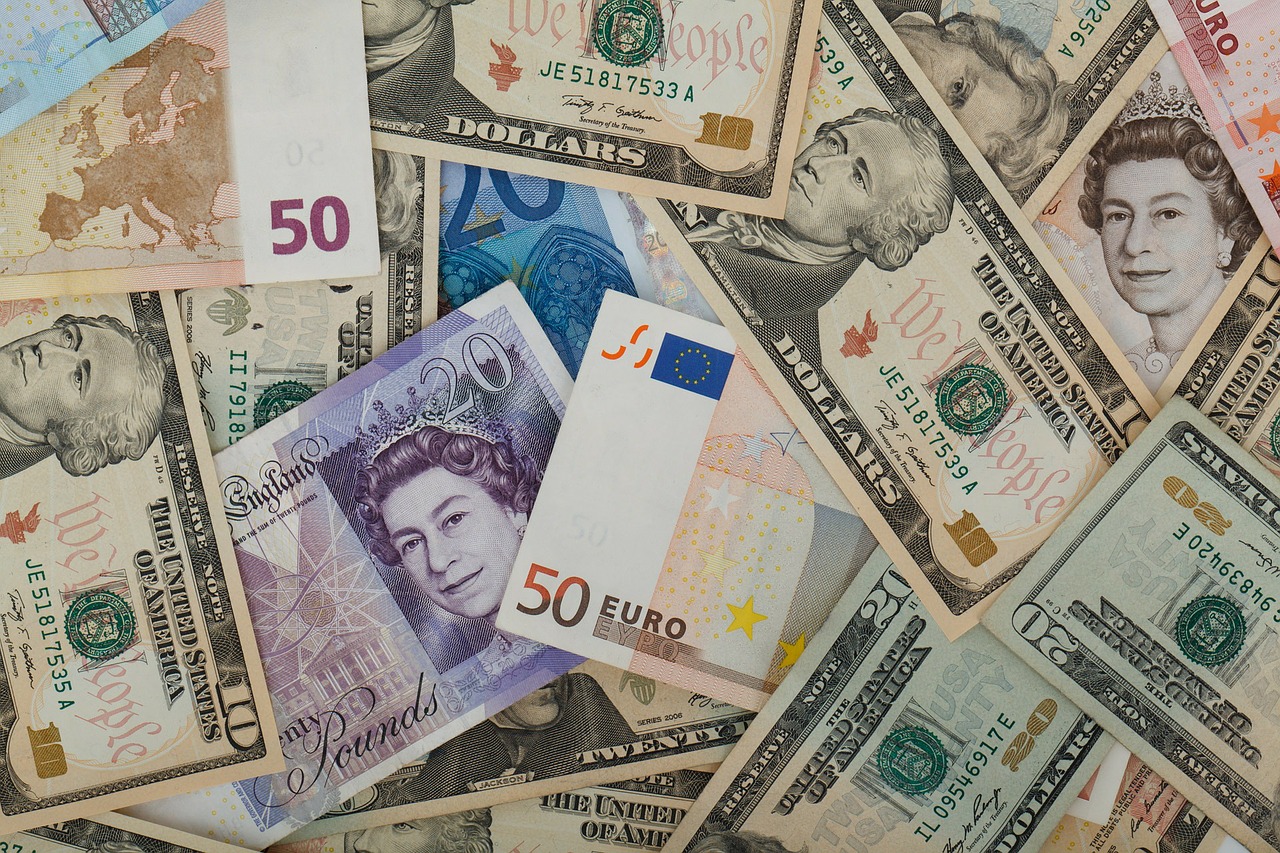Swissquote Bank: Dollar gains on weak euro and yen

By Ipek Ozkardeskaya, Senior Analyst, Swissquote Bank
Investors took a breather from buying US stocks yesterday, near all-time highs, as a report showing Oracle’s profit margins were much lower than expected dampened the euphoria that followed the OpenAI and AMD announcements earlier in the week.
According to The Information, Oracle made roughly $900 million in revenue in the three months to August by renting servers powered by Nvidia chips, but it only reported a gross profit of $125 million (and a $100 million loss from Nvidia’s Blackwell chip rentals). This is because Oracle operates in a capital-intensive business with high maintenance costs, and its services may still be underutilized.
But data-center demand is expected to rise exponentially through 2030 — largely driven by AI. McKinsey projects global data-center capacity to surge from about 60 GW today to 170–220 GW by 2030, implying 19–27% annual growth. That outlook helps explain why dip-buyers stepped in as Oracle shares fell to around $270.
And that small bump will likely be forgotten quickly, with this morning’s news that Nvidia is considering investing $20bn in Elon Musk’s xAI. Nasdaq futures are up this morning. The AI tide is too strong to swim against — telling ya!
So we’re back to the same conclusion: chips, data centers, energy and cybersecurity are all needed to power AI models. The real question isn’t whether AI will grow, but whether market pricing has run ahead of itself. And no — I don’t buy for a second that AI models won’t generate revenue. There will certainly be losers, but also major winners.
As for valuations — whether markets go up, down, or sideways — the question of a bubble looms. Evercore ISI, in a note titled A Big Beautiful Bubble, argues that while the S&P 500 is indeed in bubble territory, it likely has room to expand — possibly pushing the index to 9’000 by the end of next year with a 33% probability. Eye-popping, yes, but they argue that rate cuts, improving sentiment, stronger earnings, reduced uncertainty and productivity gains from AI could keep investors piling in before the bubble eventually bursts. Their advice: buy the dips rather than close long positions.
There’s also still ample room for leveraged investors to join the rally, given that net short positions in the S&P 500 remain deeply negative. The takeaway? Don’t fear the bubble — play along.
Now, speaking of energy, Shell jumped to its highest level in more than a year in London yesterday after a strong Q3 trading update, boosted by significantly higher gas trading and solid upstream production. Full results are due later this month, but the update offered a sweet taste for investors — even as oil prices remain under pressure. As per oil, the barrel of US crude is back above the $62pb level, but last week’s selloff tilted outlook to the downside, suggesting that the price rallies will likely bump into top sellers with first strong resistance seen into the 50-DMA that currently stands at $63.90 but declining fast.
In FX, UD dollar gains accelerated as investors sold the euro and yen. In Europe, the French political drama widened the France–Germany 10-year yield spread to 86 bps, while in Japan, the yen weakened as markets dialled back Bank of Japan (BoJ) rate-hike expectations on Takaichi’s preference for easy policy. As such, the EURUSD fell below its 50-DMA yesterday and the 100-DMA this morning, with downside potential toward 1.15, while the USDJPY broke above 152, reigniting the once-popular short yen trade. Rising Japanese yields could, however, limit appetite for further yen shorts — and the BoJ is unlikely to turn dovish just because Takaichi wants it to when it remains on a normalization path to balance inflation.
Elsewhere, the US government remains shut, but the FOMC will still release its latest minutes. The delay in jobs data doesn’t help doves hoping for weaker prints, but according to Carlyle Group, the US economy added about 17K jobs in August — modest and enough to keep the doves in charge and equities supported. The US dollar, however, looks set to benefit from further euro and yen weakness for now.
